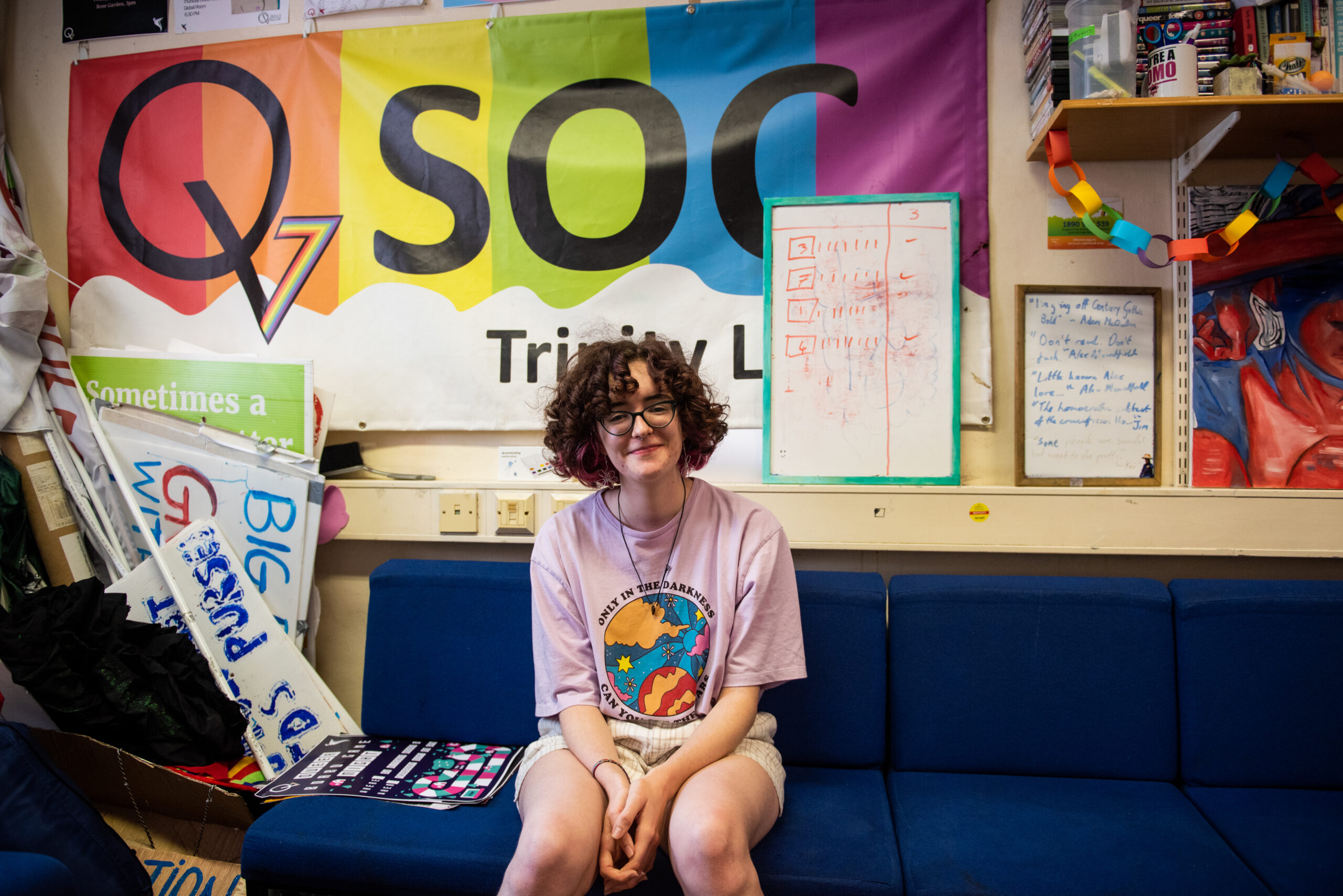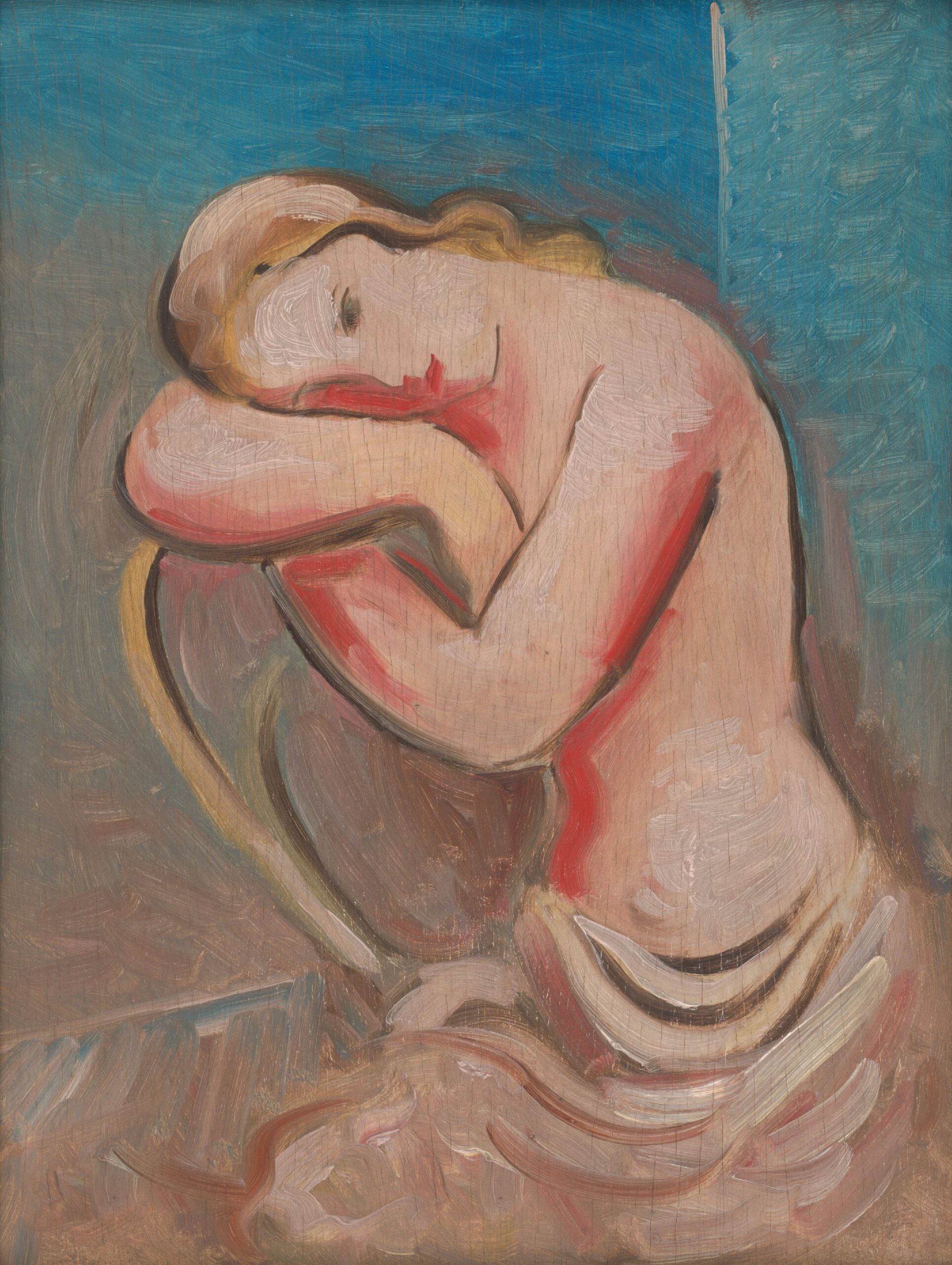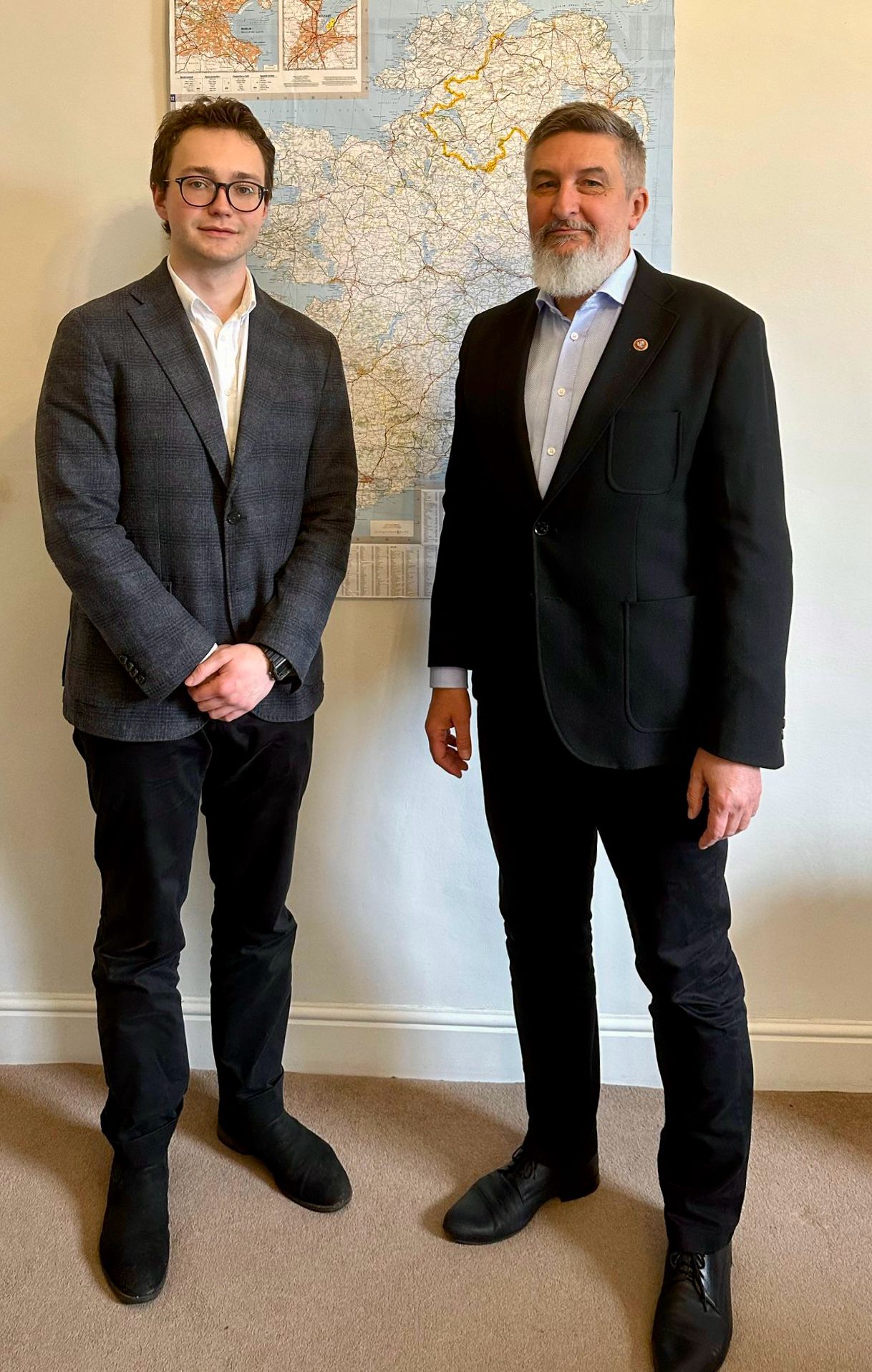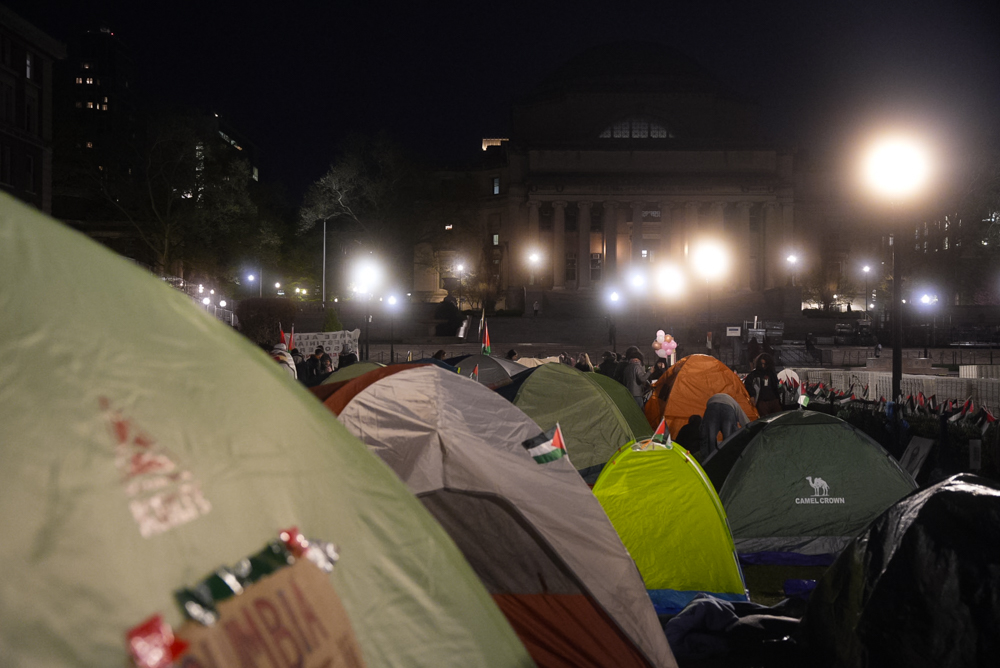
They say it’s not the house that makes the home, but the energy, people and memories that occupy it – why then are we so eager to rush back between campus’ hallowed walls?
When Trinity societies were turfed out of the tall rooms and cramped spaces they’d long called home, they were forced to carve out new equivalents online. Although some saw more success than others, the jingling of stubborn society room keys across campus this week is widely welcomed. So, as tired society kettles are woken from long slumbers, The University Times caught up with the heads of prominent societies, as they cross familiar thresholds with a fresh pair of eyes.
Naturally, the first stop is the Graduates Memorial Building (GMB), which, erected in 1902, is home to two of College’s oldest student societies: the University Philosophical Society (the Phil) and the College Historical Society (The Hist). The building was designed by Sir Thomas Drew, to commemorate the 300th year since Trinity was founded, but for Phil President Eleanor Moreland, it’s best described as “an old stuffy space that we do our silly little things in”. As our conversation flows however, it’s clear that students’ connection to the space runs much deeper.
For one, its acoustics allow speakers at chamber debates to be heard without microphones, leaving them “pretty free to just go up to the podium and get on their soapbox, which I think is kind of nice”, Moreland admits. Concurrently, its long legacy gives the next generation of budding orators a greater sense of grounding and purpose: “I was in there the other day with someone and they said ‘You know, it feels like this building is giving you a hug’, and I think that is, to a certain extent, correct”, Moreland posits. “Walking up the stairs, seeing all the old posters … and all the old photos, it makes you feel like you’re part of something”.
The GMB acoustics allow speakers at chamber debates to be heard without microphones, leaving them “pretty free to just go up to the podium and get on their soapbox”
Hist Auditor Maggie Larson points to the building’s unique student-centrism, as one of the largest student-run spaces on campus. This, she says, facilitates its versatility. The building “changes quite a lot depending on the time of day and what’s going on”, she explains. For instance, “it can be completely packed [during a debate], or it might be very quiet and chill, and kind of relaxing in an early morning”.
Alongside the all-important post-debate discussions, which Larson often considers “more valuable than the debate itself”, both parties lament the casual, social aspect of the GMB. For Larson, this means having a central space where “you might run into someone that you weren’t expecting to see”, leading to a spontaneous lunch or coffee. In Moreland’s case, it’s simply about lounging in the Phil council room or “sharing side glances with friends when you’re at a chamber debate”. Following an 18 month-period when, as Larson says, it has been, so “hard to find somewhere to just go and exist”, Moreland believes that “it’s those random little things that are just delicious”.
Memories of a more social era still cling to the GMB’s high ceilings, and particularly the Phil convo room, where evidence of the last hoorah still remains. “There are still wine glasses in the building that haven’t been cleaned since the last debate, and it’s just like everyone up and left but the traces of that night are still there” Moreland depicts, referencing makeup palettes, jackets and dirty wine glasses that were hastily abandoned in the society’s swift evacuation from campus. “I don’t know if that’s necessarily super attractive to a fresher coming in but I think it does sort of speak to the happy chaos that, I think, engulfs the whole building.”
Another aspect of the GMB is in dire need of a makeover is its inaccessibility – something which Larson has a tight eye on. “I was in there yesterday looking at this”, she begins. “The first floor is quite an accessible venue but then the upper floors are far less so, and so hopefully as we return to campus we can be conscious of that.”
The past 18 months has allowed TFM to master the art of remote engagement to the extent that students on Erasmus occupied regular broadcasting slots
Through a mixture of live-streamed events and alternative venues, she endeavours to ensure “that everybody has the chance to be involved” this academic year.
Trinity FM (TFM) Chairperson Arianna Owens finds herself grappling with a similar dilemma. “House Six is very inaccessible to anyone with any physical disabilities”, she acknowledges. Compounding this is the fact that TFM’s studio is “at the top floor”. However, the past 18 months has allowed TFM to master the art of remote engagement to the extent that students on Erasmus occupied regular broadcasting slots. Members were “sitting in Germany talking about GAA”, Owens recalls with a grin. “It was a really interesting dynamic.”
For those only accustomed to waxing lyrical in their bedrooms, a studio space and broadcasting equipment may prove intimidating, but Owens confirms that the opposite is true, saying younger members “can’t wait to get their fingers on the dials and to use the proper microphones”. This being as it may, she is determined to retain the engagement from “those who can’t use the studio”. A year of remote broadcasting has taught TFM the value and ease of the practice – a lesson they’re eager to remember for a long time to come.
While the Hist and TFM explore alternative spaces, other societies have tunnel-vision longing for their old haunts. One such group is the Trinity Chapel Choir, who, despite having twice-weekly services in the Trinity Chapel before the pandemic, only sang in the location a handful of times this year, with as little as 10 singers. “Because everything we do happens in the chapel, it really is a home for the chapel choir”, conductor Patrick Kennedy tells The University Times over Zoom.
In order to participate in online services, members of chapel choir had no option but to sing solo “which obviously does not sound like a choir”, he concedes, “but I think people got some element of getting to sing in a service”.
“I think it was such a challenge for chapel [choir] because I think people join choir so that they don’t have to sing a solo”, he explains. The choir did create some collaborative pre-recorded pieces throughout the year, but Kennedy is the first to admit that this was “not quite the same”.
In Kennedy’s eyes, “the chapel is just a lovely acoustic space – I think any choir who sings there will tell you that”. When asked to elaborate, he nods to the luxury of organ accompaniment, before turning to the layout of the space itself: “In terms of the way the chapel is set up, because we have the pews on both sides means the singers are facing each other.” This, he says, “adds to the experience of singing” in the sense that members of the choir are singing at each other, per se. “You feel even more involved in the sound [than] you would when the choir is around in a semicircle singing out to the audience.”
What are Chapel Choir most excited about in terms of returning to campus? “We just want to get back to singing in harmony again”, comes the response .
QSoc Auditor Sarah Lawler compares the society’s shared room on the upper floor of House Six to “the inside of Hermione’s bag”
But what happens when a society’s allocated space is at odds with the distancing, aeration and capacity recommendations of the prevailing public health guidelines? Alongside countless others, QSoc are currently toying with this question. QSoc Auditor Sarah Lawler compares the society’s shared room on the upper floor of House Six to “the inside of Hermione’s bag”. Adding that, “it’s quite small but every inch of it is wrapped in couches… so it fits a surprising amount of people at a normal unsocial-distance coffee hour.”
Despite the cramped nature of this arrangement, Lawler reflects fondly upon these pre-pandemic occasions. “It was really nice to walk into a room and know that I didn’t have to worry about anybody not understanding my gender or my sexuality or anything like that – it’s just a space where people can take a breath”, they say.
“When we’re all sitting in the room for coffee hours it’s probably one of the biggest gatherings of LGBT people in one space at that time in Dublin or in Ireland.”
However, QSoc have faced a myriad of distinct challenges during their hiatus from House Six. Given that many members were engaging directly from their family homes for the first time, many weren’t “safe or comfortable to have their mic or camera on during events”, which Lawler says “was really hard”.
“We had to take into account different things like: what time of the day should we be running coffee hours? When are people’s families and parents least likely to be at home? – and stuff like that.”
This was particularly pertinent during “closed spaces”, which are conversational events QSoc runs pertaining particular identities. Though similar, in theory, to the in-person event, on Zoom “it was very difficult to have the same atmosphere of everybody having a conversation together because you can only talk one at a time… and some people would feel less comfortable”, they point out.
Despite the advantages of conducting this event in person, Lawler realises that “it would be unfair to run a closed space in a public outside space. I wouldn’t ask people to talk about such personal things while there’d be a risk of people overhearing”, they assert. Even if indoor events were permitted, they reckon that the QSoc room would only fit two people socially-distanced.
I think that without the space, we were able to still have nearly exactly the same society
On the flip side, DU Players’ Theatre isn’t tight for space but it’s time lying vacant has given members a fresh perspective on its importance, according to Chair Em Ormonde. “People this whole time were always like: ‘It’s integral to us! it’s integral to who we are!’, and this conversation is always about getting the space back”, they say. However, “I actually think they’ll find that without the space, we were able to still have nearly exactly the same society”.
It’s true, DU Players took the online sphere by storm, winning Best Overall Society at the CSC Awards just to prove the point, but what did this society look like, in full flow, two years previous? “Chaotic, so crazy”, is Ormonde’s first response. “Five rehearsals and a show going on and something’s broken and there’s people in the workshop space, and they shouldn’t be…” and so it goes. When the nostalgic madness subsides, Ormonde also has an assuring word for newcomers: “If you’re a quieter person, like myself, you can definitely find a space to sit and observe, like I’m such a people-watcher and I really enjoyed that in front of house.”
In essence, Ormonde believes that “the theatre itself provides literal physical equipment and a creative space for people to come and, like, throw shit at the wall and hope that it sticks”, but what exactly does it offer the much-evolved society that is DU Players today?
“Although important to us, I think it’ll be stronger to have a base where people can return to, I think that without the building players still existed very strongly”, they conclude.






